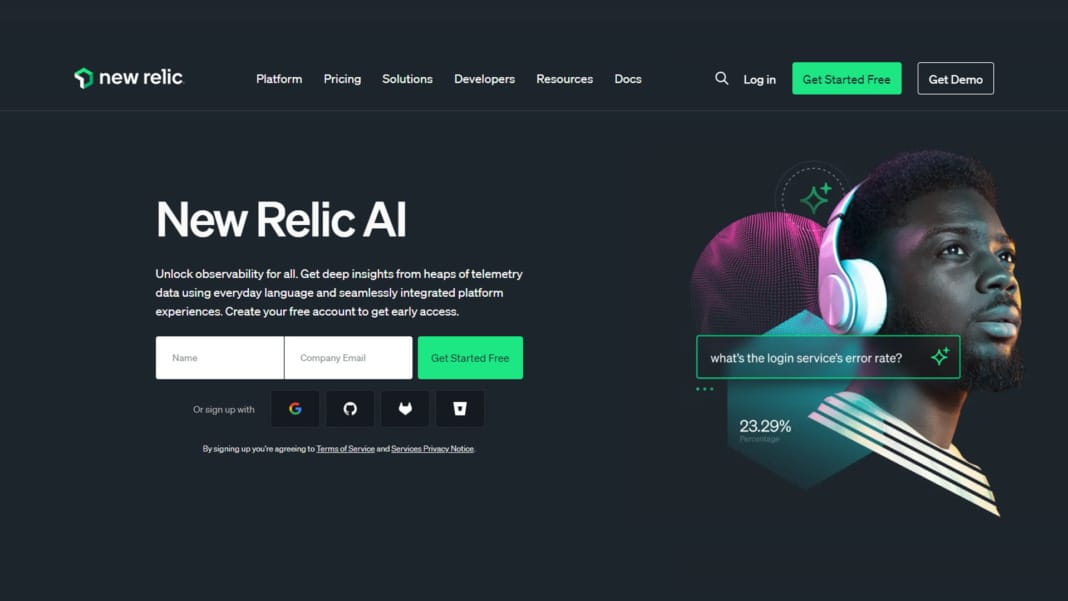New Relic, renowned for its comprehensive observability platforms, has announced an integration with NVIDIA NIM inference microservices, aimed at simplifying the development, deployment, and monitoring of generative AI applications. This partnership seeks to boost the adoption and return on investment (ROI) of AI technologies by providing advanced monitoring solutions that ensure efficient and secure data management.
By utilising New Relic’s AI monitoring capabilities, users can gain in-depth insights across the entire AI application stack, which facilitates high performance and data security. The integration with NVIDIA’s NIM, celebrated for its strong security features and user-friendly models, enhances the swift deployment of generative AI applications, leading to quicker returns and improved productivity.
The pivotal role of observability in AI advancements
As the adoption of generative AI continues to expand across various industries to enhance digital experiences and boost productivity, the demand for effective observability solutions is increasingly critical. Gartner anticipates that by 2026, over 80% of enterprises will have deployed generative AI applications. In this competitive environment, observability is essential, providing a real-time, comprehensive view of the AI application stack. This visibility ensures that AI-driven operations are both cost-effective and high-performing.
“In today’s hyper-competitive market, organisations cannot afford to wait years for AI ROI,” said New Relic CEO Ashan Willy. “Observability solves this by providing visibility across the AI stack. We are pioneering AI observability by extending our platform to include AI apps built with NVIDIA NIM. Combining NVIDIA’s AI technology with our expertise in observability and APM gives enterprises a competitive edge in the AI race.”
Peter Marelas, Chief Architect at New Relic APJ, also highlighted the significance of visibility for organisations in Asia Pacific as they anticipate a significant increase in generative AI users within the next five years. “Our support for NVIDIA NIM allows organisations to understand how their deployments are performing in real-time,” Marelas noted.
Enhanced management of AI applications with New Relic and NVIDIA
The collaboration between New Relic’s observability platform and NVIDIA NIM assists IT and development teams in optimising AI applications by swiftly identifying and addressing operational insights. According to Amanda Saunders, NVIDIA Director of AI Software, this integration facilitates the rapid deployment and efficient management of AI applications in production settings.
New Relic’s AI monitoring extends to a variety of AI models, boosting the deployment confidence of applications built with NVIDIA NIM. The platform provides a comprehensive view of the AI stack, monitoring throughput, latency, and costs, while ensuring data privacy. It also offers deep trace insights for each AI response, effectively addressing issues such as bias and toxicity.
Furthermore, New Relic has enlarged its AI integration ecosystem to over 60, including NVIDIA GPUs and NVIDIA Triton Inference Server software, thereby offering one of the most comprehensive observability solutions available.
For those interested in utilising New Relic’s enhanced AI monitoring capabilities, the platform is accessible via a usage-based pricing model. Potential users are encouraged to contact a New Relic account representative or sign up for a free account to begin.





